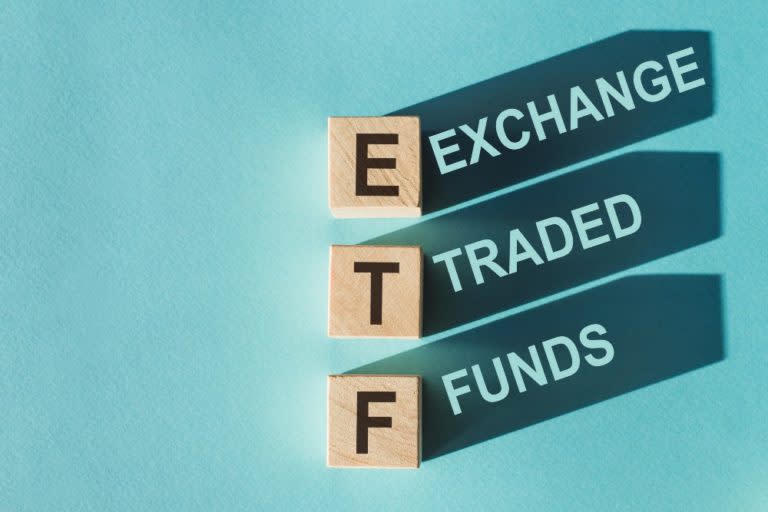Bonds Prices Are Dropping Right Now: Here Are 2 Alternative ETFs to Hedge Your Portfolio With

Written by Tony Dong at The Motley Fool Canada
The traditional 60/40 portfolio of stocks/bonds is in trouble. Since the start of 2022, a 60/40 portfolio has dropped nearly as much as a 100% stock one, owing to the market pricing in a series of upcoming interest rate hikes and rampant inflation.
Investors looking to diversify their portfolios and obtain downside protection in today’s market environment should consider alternative assets. These assets have lower correlation with both stocks and bonds, allowing them to offset volatility.
Why aren’t bonds working?
In a falling interest rate environment (like the last three decades) bonds provided good diversification for stock portfolios owing to both rising prices and negative correlation.
For the former, bond prices are inversely related to interest rates. When rates go up (like they did recently), bond yields increase, but bond prices fall. When rates fall, bond prices go up. A concept called bond convexity makes longer duration bonds more sensitive to interest rate risk.
As noted earlier, stocks are also usually uncorrelated with bonds. When stocks go down, bonds, especially U.S. Treasuries usually go up. Treasuries posted positive returns during numerous market crashes, including the 2000 Dot-Com Bubble, the 2008 Great Financial Crisis, and the 2020 COVID crash.
However, that typical relationship between stocks and bonds has been breaking down recently in the face of pending interest rate hikes. The correlation between Treasurys and stocks is hovering at 0.29 right now, versus a historical -0.39. This nullifies their ability to serve as a parachute during a crash somewhat.
What can we do?
Our best hope right now is to either search for assets that have a low to negative correlation with both stocks and bonds (and don’t lose money slowly over time like put options or VIX futures do, called “negative carry”), or are stable and have low to no interest rate risk.
For the former, physical gold exchange-traded funds (ETFs) are a good idea. Gold currently has a 0.33 and 0.03 correlation to stocks and bonds respectively. This along with a high volatility makes it an excellent asset for diversifying a portfolio.
A 5%-10% allocation to gold via an ETF like iShares Gold Bullion ETF (TSX:CGL) may be sensible. This ETF offers targeted exposure to the price of gold that is hedged to the Canadian dollar. The management expense ratio (MER) is currently 0.55%, which is pricey, but typical for a commodities ETF.
For assets that are immune to interest rate risk, we want to look for money market instruments such as high-interest savings accounts, guaranteed investment certificates (GICs), or 1-3 month Treasury Bills that have the lowest effective duration possible.
My pick here is iShares Premium Money Market ETF (TSX:CMR), which has an average duration of 0.19 years. It has very low interest rate risk with virtually no chance of loss during a crash. However, its yield is low, and may not beat inflation. Still, as ballast for your portfolio it works very well.
The post Bonds Prices Are Dropping Right Now: Here Are 2 Alternative ETFs to Hedge Your Portfolio With appeared first on The Motley Fool Canada.
Should You Invest $1,000 In Ishares Gold Bullion Etf Hedged?
Before you consider Ishares Gold Bullion Etf Hedged, we think you’ll want to hear this.
Our S&P/TSX market doubling Stock Advisor Canada team just released their top 10 starter stocks for 2022 that we believe could be a springboard for any portfolio.
Want to see if Ishares Gold Bullion Etf Hedged made our list? Get started with Stock Advisor Canada today to receive all 10 of our starter stocks, a fully stocked treasure trove of industry reports, two brand-new stock recommendations every month, and much more.
See the 10 Stocks * Returns as of 1/18/22
More reading
Fool contributor Tony Dong has no position in any of the stocks mentioned. The Motley Fool has no position in any of the stocks mentioned.
2022

 Yahoo Finance
Yahoo Finance 